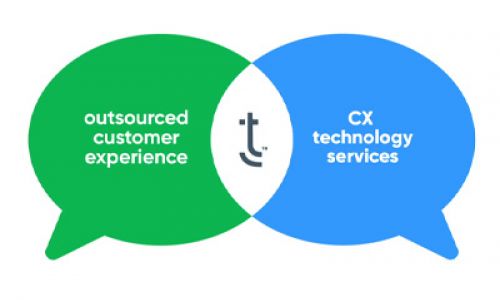As millions of consumers flood the market, the lines between traditional insurance and consumer-driven insurance plans will begin to blur.
Over time, the number of consumers purchasing healthcare insurance directly from health insurers, or “payers” will continue to grow, including people who currently receive insurance through their employers but are interested in exploring other options. This transition into the B2C environment will require payers to adopt a customer-centric business model, reorganizing internally around the customer and deploying the necessary solutions to enable the new engagement strategies.
The transition to customer centricity will require three immediate imperatives:
1. Create an omnichannel patient experience
Consumers interact with brands across a variety of touchpoints, starting their journeys on their desktops, moving to their mobile devices, and making their purchases in stores. Healthcare isn’t immune to this omnichannel trend.
For many organizations, creating a multichannel engagement strategy to reach the omnichannel customer is an aspiration that few have actually successfully implemented. It requires tearing down silos and integrating digital channels with physical ones. For industries with traditional business models and complex systems like healthcare, this is no easy task and requires a new mindset and corporate culture.
2. Prepare the contact center
As millions of Americans enroll on Healthcare.gov, they’ll likely encounter a lack of resources such as informational websites and robust knowledgebases. There will be a significant need for informed contact center associates who have ready access to information. As a result, contact centers must be prepared and staffed to respond to these inquiries through regular training, process improvements, and technology updates like moving to a more agile Cloud model that will allow insurers to easily integrate customer data and enable associates to access information from a central location.
3. Become a trusted advisor
In recent years, rising costs, member engagement, and the complexity of healthcare have earned the health insurance industry a negative reputation. With millions of new customers flooding the marketplace, insurers must work to shed their unfavorable image.
Perhaps the most important step in becoming a trusted advisor is making oneself completely available to clients at any time. Prospective customers will be much more at ease if they know without a doubt that their health insurer is available to help them with any issue that may arise. In insurance, like many other industries, customers will look for another provider if they feel they’re being ignored or their questions are going unanswered. Therefore, transparency and trust are critical during this transition.
As a number of industry reports suggest, many insurers are not yet prepared to handle the projected number of consumers who will reach out about health insurance options. My hope is that the best practices and thought leadership around the customer experience in healthcare will help accelerate your investments in the customer experience and serve as your guide on the path to customer centricity.
Forging Healthcare’s Path to Customer Centricity


November 14, 2013
by Pat McCaffrey,
Senior Vice President, Healthcare and Government Solutions
Digital Transformation Consulting, Contact Center Technology, Omnichannel Platform, Contact Center Operations
Senior Vice President, Healthcare and Government Solutions
Digital Transformation Consulting, Contact Center Technology, Omnichannel Platform, Contact Center Operations





